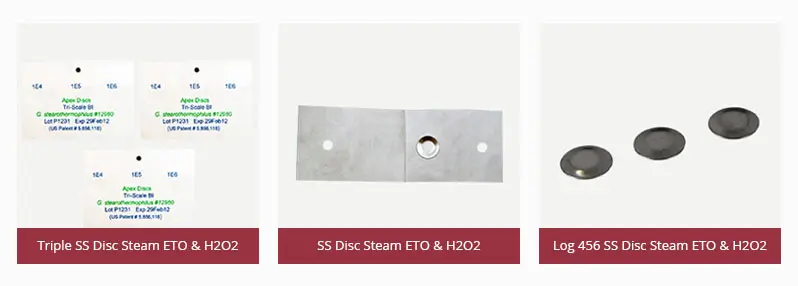Vapour hydrogen peroxide is an industrial setting conducted to sterilize heat-sensitive devices. In a controlled environment, vapour hydrogen peroxide plays the role of a substance that eliminates all forms of microbial life, vegetative bacteria, fungi, viruses, etc. Over a long period of time, Ethylene oxide has commonly been used for sterilization. Vapour Hydrogen Peroxide is also known as VHP is considered to be the new, upcoming method for sterilization and is highly recommended by health-care facilities for being non-toxic, low-temperature practice and an environmentally safe solution.
• Application of Vapour Hydrogen Peroxide
VHP technology supports biotechnology, pharmaceutical manufacturing and related industries. It is specially developed as a solution of liquid H2O2 and water by generators specifically designed for this purpose. They are developed to adequately pass hydrogen peroxide compound in the form of vapor and circulate in pre-set concentration. This Vapour hydrogen peroxide concentration varies on the level of disinfection to be conducted.
• Process of VHP
The vaporized hydrogen peroxide sterilization follows the process in three major steps –
1. The liquid H2O2 gets converted into vapour.
2. The vapour fills the chamber, penetrating lumens by contacting all surfaces.
3. The third step involves the conversion of the vapour accumulated in the room back into its original form of oxygen and water.
1. The liquid H2O2 gets converted into vapour.
2. The vapour fills the chamber, penetrating lumens by contacting all surfaces.
3. The third step involves the conversion of the vapour accumulated in the room back into its original form of oxygen and water.
• Benefits of using Vapour Hydrogen Peroxide
The positive effect and potential benefits of using VHP as a sterilization method is –
1. The production of hydrogen peroxide liquid is relatively easy and comparatively inexpensive.
2. Given the proper conditions, VHP is relatively easy to create by the breakdown of oxygen and water.
3. The VHP compound created is adjustable and adaptable for a variety of temperatures and humidity conditions
4. It is extremely effective for large volume area decontamination in terms of rooms and buildings. No separate pressure vessel is required.
1. The production of hydrogen peroxide liquid is relatively easy and comparatively inexpensive.
2. Given the proper conditions, VHP is relatively easy to create by the breakdown of oxygen and water.
3. The VHP compound created is adjustable and adaptable for a variety of temperatures and humidity conditions
4. It is extremely effective for large volume area decontamination in terms of rooms and buildings. No separate pressure vessel is required.
• Difficulties faced while using Vapour Hydrogen Peroxide
The potential difficulties faced while using the VHP compound are –
1. The BI population affects the resistance for vapour hydrogen peroxide.
2. VHP is not compatible with the cellulosic materials normally associated with BIs for steam. Thus, EtO and dry heat processes and alternative carriers must be used.
3. Though VHP can be used at a variety of temperatures and humidity conditions, no set of standard exposure conditions exist to guide in the determination of the resistance of BIs produced for this process.
1. The BI population affects the resistance for vapour hydrogen peroxide.
2. VHP is not compatible with the cellulosic materials normally associated with BIs for steam. Thus, EtO and dry heat processes and alternative carriers must be used.
3. Though VHP can be used at a variety of temperatures and humidity conditions, no set of standard exposure conditions exist to guide in the determination of the resistance of BIs produced for this process.
• Guidelines for VHP sterilization
The International Organization of Standardization (ISO) and the Food and Drug Administration (FDA) require VHP sterilizers to be effective and safe. The following are various safety categories to be concerned and maintained while using VHP.
1. Safety for Patient
The sterilizers must follow ISO guidelines to ensure no toxic residuals are remaining on the devices that would concern the patients.
2. Safety for Staff
The Occupational Safety and Health Administration (OSHA) and other regulatory bodies have developed strict guidelines for hydrogen peroxide exposures. Those guidelines should be maintained for staff protection.
3. Safety for device
With wide material compatibility, the VHP is safe for a wide variety of materials.
4. Safety for Environment
This type of sterilization is not harmful to the environment because water and oxygen are the only by-products of a VHP sterilization process.
For more assistance regarding mighty vapour hydrogen peroxide, get in touch with us. We would surely assist you throughout your entire sterilization process.
For more assistance regarding mighty vapour hydrogen peroxide, get in touch with us. We would surely assist you throughout your entire sterilization process.




